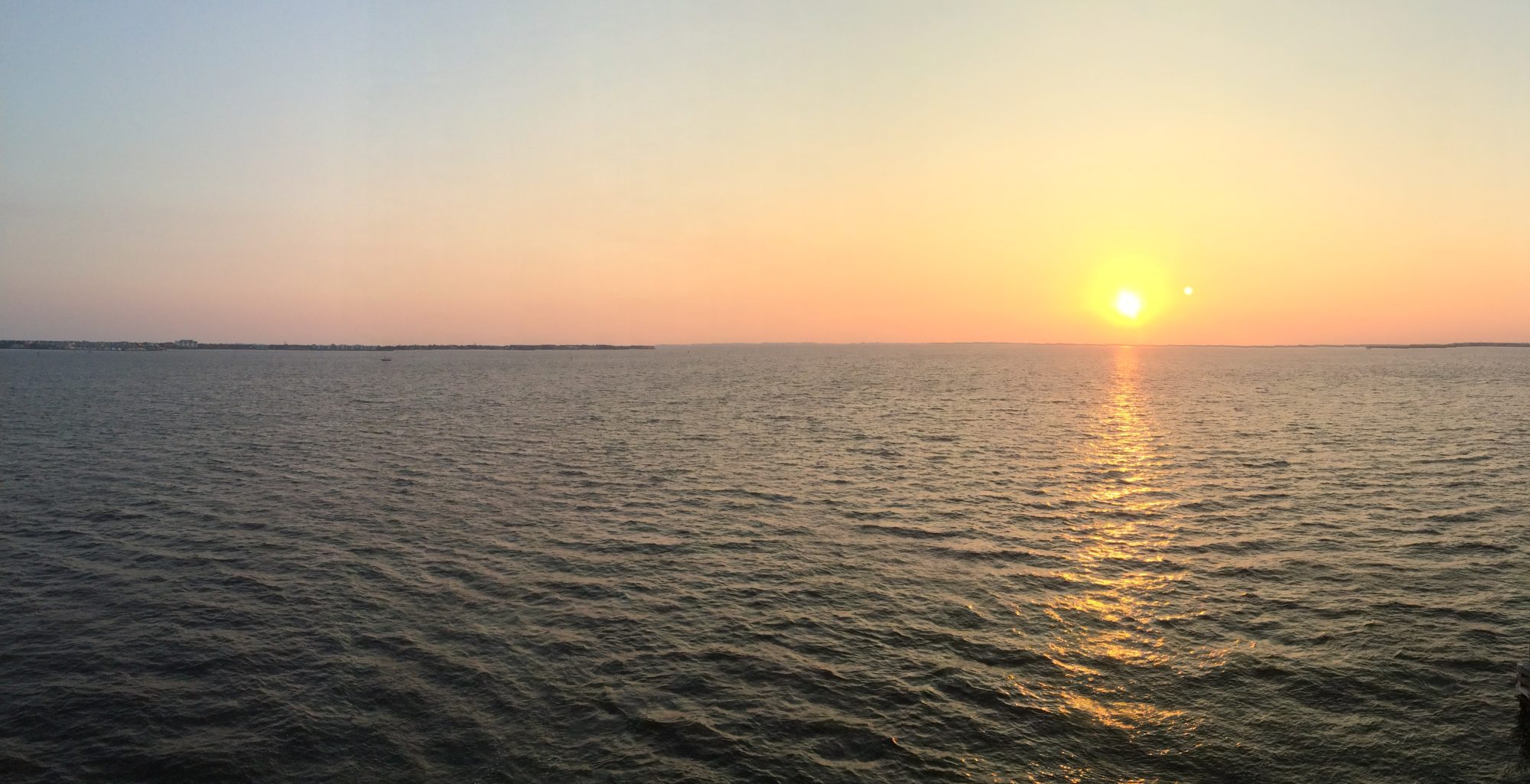Bureau of Land Management (BLM) Squaw Lake Campground, 150 mile jump
Driving along the eastern shores of the Salton Sea south to I-8, we turned east toward Yuma, Az. There were some areas of lush agriculture, including date palm groves. These were irrigated with diverted Colorado river water. Otherwise, the harsh dry desert was everywhere. We can now identify some of the sparse vegetation, such as creosote bushes, cholla, ocotillo, Palo verde, and smoke tree thanks to the brochures from Joshua Tree NP. Foolishly, we got sidetracked in Yuma looking for a post office from which to send our postcards.
We lost some time but arrived at Squaw Lake Campground with lots of daylight remaining. It is a federal campground, so no utilities. It is on the backwaters of the Colorado river just above Imperial Dam on the CA/AZ border; we were west of the Colorado, so still in California, but the clocks all switched to mountain standard time.
As we approached the campground, we got a look at BLM camping. Folks can camp just about anywhere either side of the road, some in large groups, others off by themselves. Some of the group areas have names, a few of those have fresh water faucets and waste water dump stations. But it’s kind of a wild west free for all. All campers must register and there are some basic fees, e.g., dump station fees.
Our camp was another step up in accommodations. We have paved roads and marked campsites, a nice new flush toilets and hot showers! But, no hookups and we have to dump at another location. Normally, the overnight fee is $15, but with our senior pass, only $7.50! We aren’t staying long enough to need to dump until we leave.
There are lots of birds here in a canyon surrounded by small mountains; we have a view of the water, so it is quite pleasant. Everyone we meet is quite friendly. Many use solar panels to keep their batteries charged; we are looking into that. To facilitate longer stays at these inexpensive sites, it may be worthwhile to invest in a solar kit. Our LED light bulbs have noticeably extended our battery life; a $20 investment. I am sure the kit will be much more, but could easily pay for itself.




